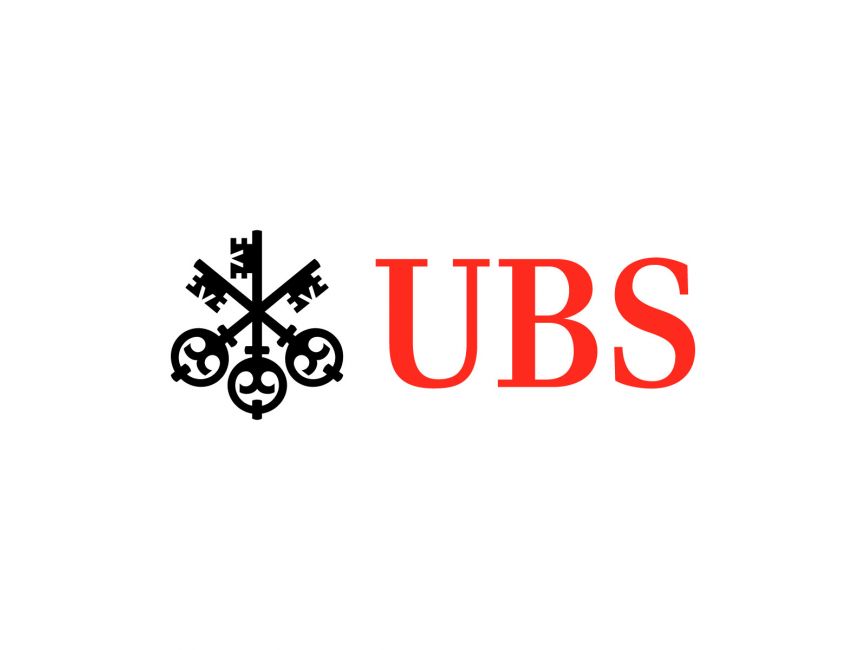While St. Nicholas might not be able to protect ESG ETFs from Sustainable Finance Disclosure Regulation (SFDR) downgrades, investors will hope the New Year heralds a shift away from Paris-Aligned Benchmark (PAB) index overhauls to further innovation in the product class.
A challenging year for ESG ETFs has been capped off by asset managers rushing to soften the sustainable labelling of their products, with funds housing more than €40bn assets managed by BlackRock, Amundi, UBS Asset Management, Invesco and HSBC Asset Management being demoted from Article 9 to Article 8 in November alone.
In the same month, the European Securities and Markets Authority (ESMA) proposed new definitions for sustainable funds, with only 18% of existing Article 8 funds expected to meet these potential criteria, according to analysis by Morningstar.
Despite such critiques and ongoing market unrest, ESG ETFs have remained resilient in Europe this year. In fact, inflows into the product class picked up from €6.7bn in Q2 to €14.9bn in Q3, Morningstar data shows, meaning 17.7% of all ETF assets are housed in ESG products. The question now is where gaps in the product line-up remain and how they can be filled.
Green bonds for bad actors ETF
A first area for innovation is an idea that could deliver real climate impact, but paradoxically, does not sit well with PAB criteria. Green bonds are issued by companies looking to finance activities which could help them transition their businesses to being less carbon-intensive. For instance, by building out renewable energy capacity to power their operations.
While some argue having high polluters such as Exxon Mobil in a green bond index is greenwashing, it should be noted these kinds of companies are where green bonds could be most impactful.
Such actors will remain part of the real economy for the foreseeable. Therefore, instead of attempting to punish them by boycotting their bond issuance altogether, perhaps a wishful thinking approach of making financing most accessible for their green issuance could be the steer they need to transition in a timelier manner.
In July, State Street Global Advisors (SSGA) published a white paper on fixed income and PABs which said: “Financing energy companies that have made clear commitments to transition out of fossil fuels can be potentially very impactful.
“Not only do green bonds have core principles that create important incentives, which can contribute to changing behaviours and business practices over time, they also provide the necessary funding for companies to do so.”
For now, however, such ideas have struggled to gain traction in ETFs, partly owing to the popularity of PABs. The issues are two-fold.
First, green, social and sustainability-linked bonds are not factored into PAB index construction guidelines, meaning they are often neutral or underweighted versus conventional bond indices.
Second and more significant in this context, companies engaged in fossil fuel extraction are outright rejected by PAB indices.
Assuming an investor can do away with PABs for a moment, there are other nuances to consider for a bad actor green bond ETF.
One consideration is verifying bond proceeds are being used for their declared purpose. On this, SSGA suggested a framework such as the ICMA Green Bond Principles, which requires bond issuers to have a clear “use of proceeds” pledge as well as regular reporting on the assets green proceeds are financing.
Another consideration is the fact conditional bond-buying will be more and less impactful on corporate behaviour at different points in time.
In the current energy pricing context, for example, energy companies have little incentive to decarbonise their energy mix and have plenty of free cash to finance green projects – or more likely buybacks and dividends – as they see fit.
Single issue engagement ETF
Another potential avenue for ESG ETF innovation would be to make it less complex for diversified, rules-based ETFs to engage by having strategies that vote consistently in favour of furthering one particular cause or outcome at shareholder resolutions and company AGMs.
At ETF Stream’s ESG ETFs Investor Workshop in October, former HSBC AM head of responsible investment Stuart Kirk said while active funds may offer more involved engagement with a handful of companies, the fact they either hold or engage a narrower subset of constituents means the buck is passed to someone else to engage the remaining companies within a market.
“Passives and ETF investors have more skin in the game because they own more companies,” Kirk argued. “They have a bigger and more legitimate role to play because they have a seat at the table.
"The average number of holdings in an ESG ETF is about 1,300 stocks while the average number of holdings in an active fund is 20 to 50. They have excluded so many stocks.
“The right way to have an impact, counterintuitively, is to have a broad portfolio because it has no more effect on prices than a concentrated one. They also have a morally stronger position and more skin in the game.”
The issue with this argument is passive giants have not always used their voting influence responsibly. For instance, a 2020 report by non-profit organisation Planet Tracker found BlackRock, Vanguard and SSGA either voted against or abstained from all 16 shareholder resolutions against deforestation between 2012 and 2019, despite the first two being top five owners of more than 90% of S&P 500 constituents’ shares.
This is not to say asset managers are always ineffective at enacting change. In fact, a recent report from the National Bureau of Economic Research (NBER) found campaigns to increase gender diversity on boards by the ‘Big Three’ contributed towards American corporations adding “at least 2.5 times as many female directors in 2019 as they did in 2016”.
As for how such asset managers’ scale can be commoditised, it would be interesting to see value judgements on particular issues, such as being pro-diversity on boards, baked into the voting mandates of passive ETFs. What form these ETFs take might then range from broad beta, tilted beta or even thematics such as clean energy, with a pro-green energy voting policy.
Looking ahead to 2023, the focus will no doubt be on refining frameworks such as SFDR and the UK’s equivalent, however, there is no shortage of good ideas yet to come to market in ESG ETFs.
European ETF issuers might also take yet more inspiration from the US and look at products offering exposure to carbon markets across the world or apply something like ‘freedom weighting’ for a new spin on ESG sovereign bonds.
This article first appeared in ETF Insider, ETF Stream's monthly ETF magazine for professional investors in Europe. To access the full issue, click here.
Related articles









